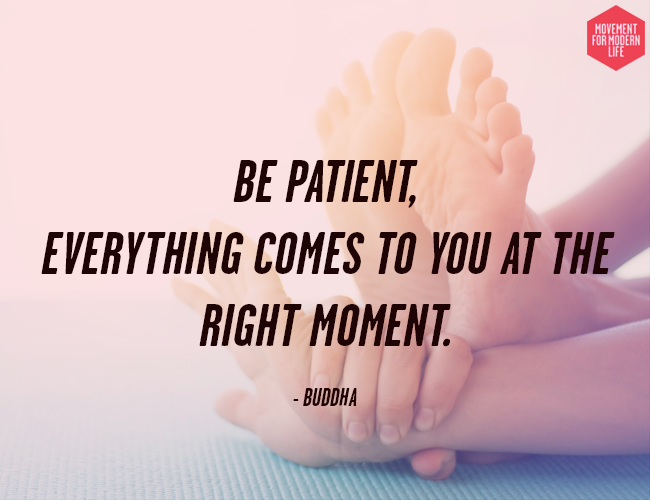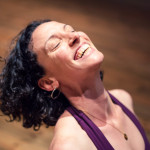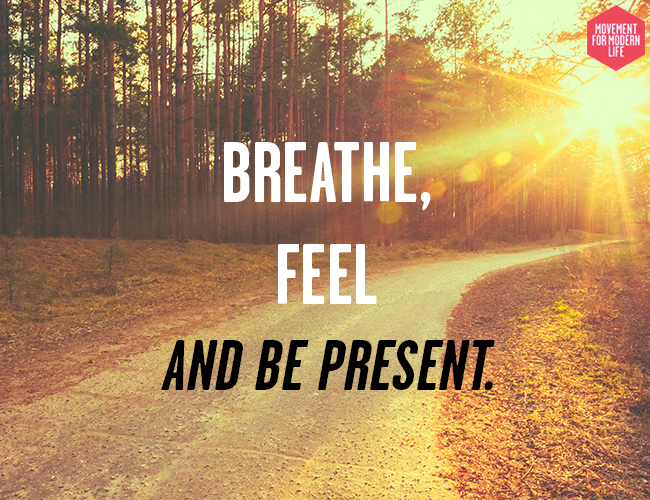My journey with yoga began when I was dancing. I was in a ballet company at 17, and there were morning yoga classes twice a week that were offered before our company dance class. At the time, I was struggling with the natural facilities of my body, and the instructions I was getting from dance teachers to ‘force’ my body into a more perfect classical ballet position. By the end of that year I was 1. injured, 2. miserable, 3. convinced that dancing was not for me.
 What yoga gave me at that time was a space to move through forms, without having to force my body into position. Many asanas (especially the ones I encountered at that time) came pretty easily to my body, and so I could just be with the body for the 1.5 hours of the class.
What yoga gave me at that time was a space to move through forms, without having to force my body into position. Many asanas (especially the ones I encountered at that time) came pretty easily to my body, and so I could just be with the body for the 1.5 hours of the class.
Unfortunately, as my yoga training progressed, the ‘force and correct’ the body model became more prevalent. I went to workshops where I was told that a certain alignment was ‘correct’ and that I had to ‘fix’ my swayed back. I did a teacher training that emphasies alignment through cues like “tuck tailbone”, “wrap shoulders”, tighten this, squeeze that. Move this in this way or it is “wrong”. Though I find many of those corrections well intentioned, I experienced a series of injuries that circulated round my body, when I tried to fix one part, another got hurt. I practiced with hamstring injuries for years, which then migrated to hip fexors, buttocks, back to hamstrings, lower back. It was confusing, and sad, as yoga had for me been a place to move and love moving, and yet there was a great deal of discomfort, pain and limitation.
Hatha yoga is concerned with the duality that is present in physical existence. Inhale balancing exhale, solar balancing lunar, down balancing up (and all of these vice versa) to bring us into harmony or union. But there was one duality I was not finding a balance to.
The Sanskrit word prakriti means nature. That nature is animated by parusha or consciousness. In the state where they are bound together, we are locked into human experience, seeking to liberate the consciousness from the confines of matter (Moksha). I am not sure this is what was intended, but it seems we have become obsessed with perfecting, and dominating our nature (physical body) with our intellect and consciousness. It is like all our corrections of the physical body are a way of telling ourselves that our nature is wrong and our consciousness is right.
But I am not sure that is the way to liberation. Firstly, because pain locks the consciousness in the physical body. Yes, there are meditative techniques to help us transcend pain, but that transcendence is another form of denial. But secondly because in my experience denying something does not make it go away. Usually it makes it stronger, more dangerous, more powerful and more distracting. It is harmony between nature and intellect that allows the obsession with the physicality to become less distracting.
So how can we make physical asana practice more harmonious with our nature. The first step is to honour the body, which for me meant studying biomechanics and functional movement, in order to re-find a natural, healthy organic movement pattern. I would have loved to do this through self-exploration alone, but the conditioning and training in my body was so strong to make “organic” movement impossible to discern.
The main principles that have guided this exploration are:
- The body is a matrix of interconnection. Nothing moves in isolation from the parts around it. So stop focusing on individual muscles, and move the whole.
- The body (our nature) is interconnected with all nature. Nothing moves in isolation from the forces of gravity, ground reaction force, and the physical laws of this planet. So bring awareness into the nature around the body and move with and through that. That especially includes the floor, the earth and base of support of the body at any given time.
- Move into poses, guided by what allows the body to breathe, feel and be present. When body contracts in pain, that is my message that something isn’t right. Do less, or find a new pathway in that is PAIN-FREE. Not challenge free, pain free.
Lastly, and possibly most importantly, honour that the body is always moving. Movement is the state of being alive; stillness is death. Letting the body move with breath, even when active movement has ceased (I mean movement where you consciously choose to lift a hand, or pull a shoulder blade down, or contract a mscule or whatever.) Meditation is dynamic, breath is dynamic. The more I feel and connect to that dynamism, the more the body and mind both settle.
Honouring and loving the movement of the body is what gave me my yoga back. It has given my body a fuller expression of health and joy. It has meant that I have learned to look to my body sensations, my emotions, my feelings as expressions of nature, and not as something that needed to be fixed, changed or controlled. And, not surprisingly, those sensations and emotions seem to have more value to educate me about my truth, and less distracting and destructive power.
In any power relationship, neither the dictator nor the slave is free. When that relationship is ended between our nature and our consciousness, both have the freedom to be their fullest expression of truth, and to allow us into a state of harmony, grace and presence.
Fancy a class with Mollie? You can here.
Mollie Morris is c o-owner and Director of Sādhaka Yoga Centre in London, UK, a thriving studio that was recently closed (temporarily) by a fire. Though this event has changed the external manifestation of her work, it has shown her how to trust, let go, mourn and find purpose despite difficult circumstances. As creator and lead teacher of Grace and Presence Yoga Teacher Training and mentoring courses and workshops for Yoga Teachers, she helps others to refine their practice, and find their voice as teachers of yoga.
o-owner and Director of Sādhaka Yoga Centre in London, UK, a thriving studio that was recently closed (temporarily) by a fire. Though this event has changed the external manifestation of her work, it has shown her how to trust, let go, mourn and find purpose despite difficult circumstances. As creator and lead teacher of Grace and Presence Yoga Teacher Training and mentoring courses and workshops for Yoga Teachers, she helps others to refine their practice, and find their voice as teachers of yoga.






Leave a Reply